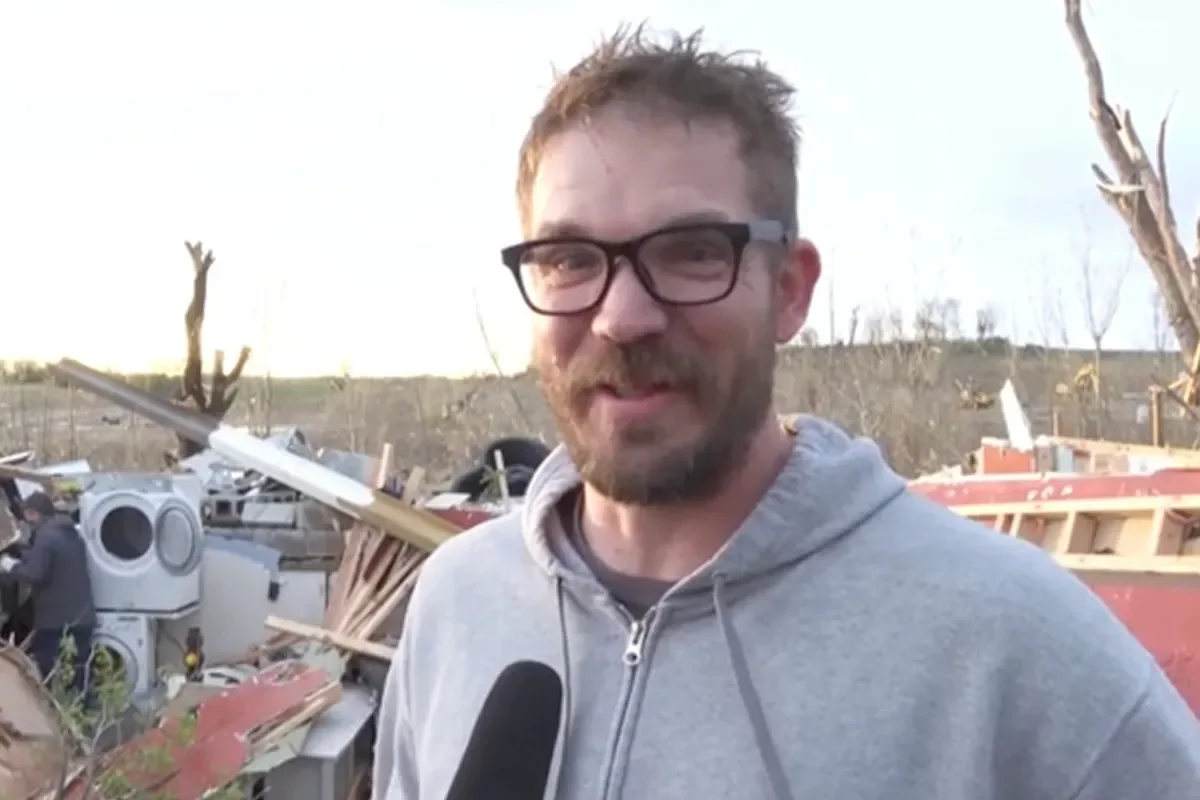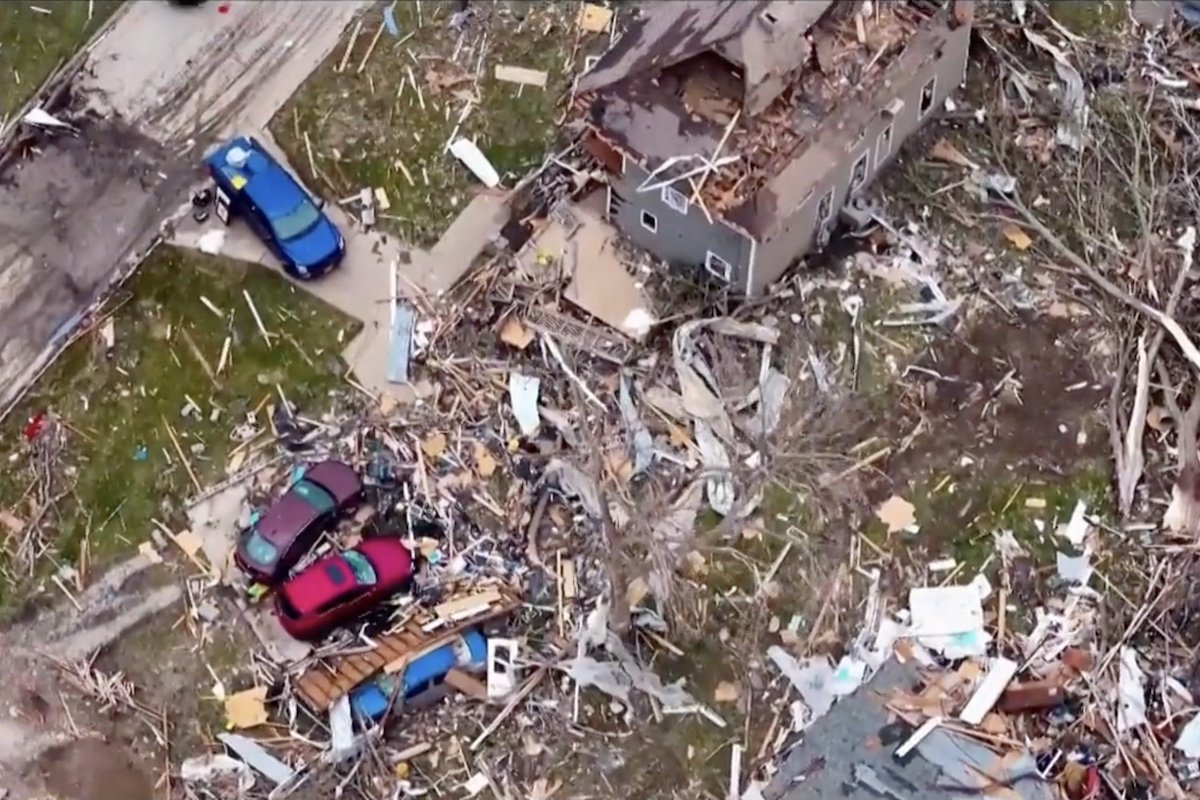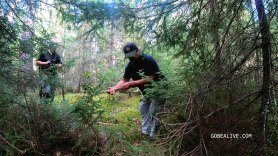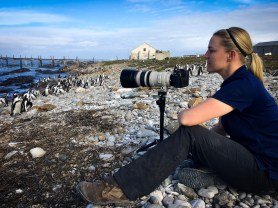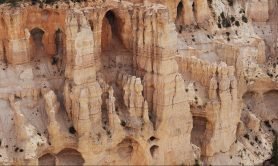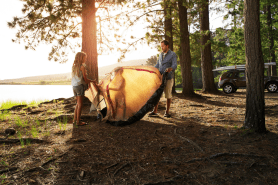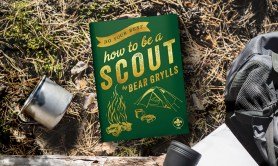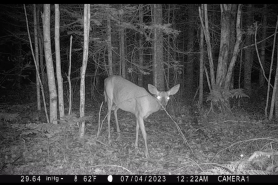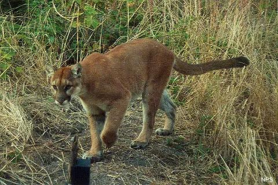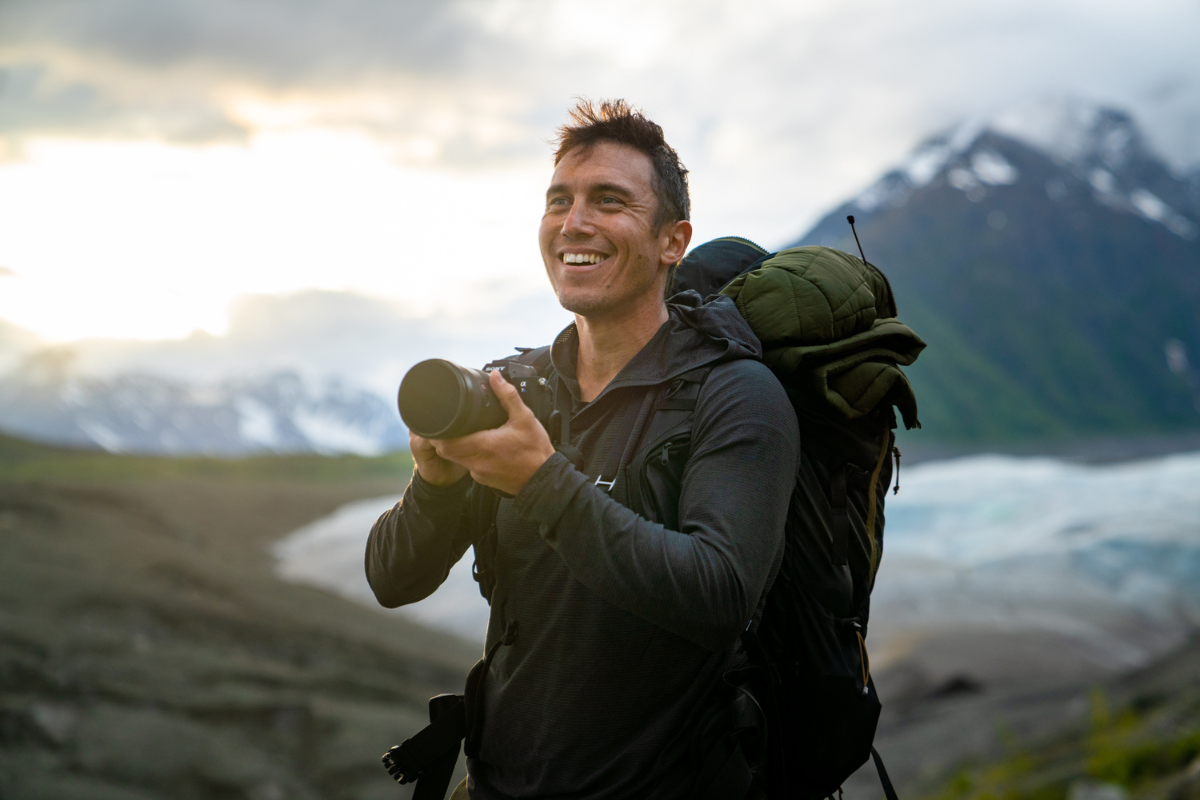

For years, photographer and filmmaker Chris Burkard has captivated audiences by bringing them to new corners of the world for adventures. With a special focus on some of the coldest spots on Earth, viewers have learned more about glaciers in Alaska and the Northern Lights in Iceland.
Burkard has become one of the most popular names in outdoor photography and films. He’s worked for companies like Patagonia and National Geographic, and he’s hosted a TED talk. His past films, like Under An Arctic Sky, document a group of surfers battling the harsh conditions of Iceland on a quest to surf in the foreground of the Aurora Borealis.
In his most recent film, The Forgotten Coast, Burkard once again brings the audience to Iceland. However, this time, he goes to a place where very few people have ever stepped foot—Iceland’s southern coast across glacial rivers.
‘The Forgotten Coast‘
“It’s a pretty personal project, to be honest,” says Burkard ahead of the documentary’s release in select theaters. “It’s sort of a funny process because, for me, typically, most of the films I work on are more intensive projects, or else it has to be something personal. It has to be something meaningful, or else I just don’t feel the passion or compulsion to really share in a way that I feel a film requires.”
The Forgotten Coast features Burkard front and center, a change from some past work. In the film, he’s joined by two others on the journey, Steve “Doom” Fassbender and Cameron Lawson. The pair are two outdoor adventurers with long resumes of experience in rafting and bikepacking. The trio embark on the expedition from a town called Djúpivogur on Iceland’s east coast and then head westward along Iceland’s black sand beaches for 300 miles. The entire trip is human-powered on bikes and packrafts. The team faces Iceland’s harsh Arctic weather while crossing freezing flowing rivers and avoiding the deadly waves stirred by the Atlantic Ocean.
The Inspiration and Planning
The inspiration for the journey came to Burkard 10 years ago while photographing Iceland’s glacial rivers. The well-known images reveal an out-of-this-world view of Iceland from above, since Burkard took the images from a plane. The pictures show the intricate veins of water that flow from the country into the ocean. They gained so much popularity that Burkard eventually released the pictures in a book titled At Glacier’s End.
On a personal level, Burkard says he’s thought about those images for years. He knew he wanted to get closer by being actually on the ground.
“There’s always a desire as an artist to go deeper, to go more immersive, to be more connected . . . to the places that you love, and I felt like this was sort of that extension. That was the goal of the trip,” says Burkard. “Yes, the bike is fun, and rafting is fun. Combining that all together is super great, but it doesn’t necessarily mean that it gets you as close as you want to be. And so I think that was kind of the objective. How can I get closer to these places? How can I be more involved?”
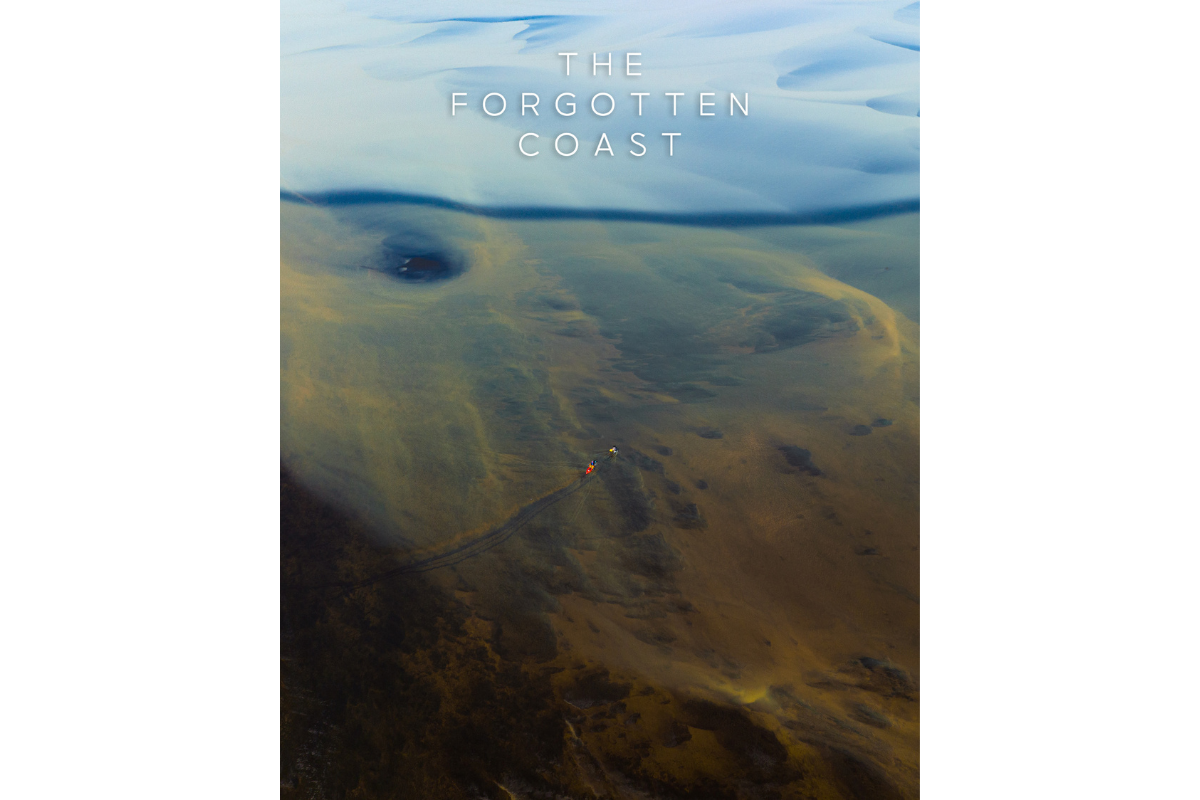
From there, the planning began. Burkard spent time mapping out the journey and flying to some of the most remote places on the trip. Also, the team he enlisted had years of experience with rafting and whitewater rescues to increase the chances of a successful and safe trip.
Making the Film
However, the expedition wasn’t without its challenges. For one, a hired film crew struggled to reach the team on bikes and rafts. This led to a lot of the film being shot by Burkard, with the occasional drone video provided by the film crew that were miles away. The film does a great job of showing just how hard it was to access some of Iceland’s coast.
Second, traveling by bike and packraft isn’t easy. The team had to inflate and deflate rafts each time they came to a water crossing, and there were plenty of them along the way. Once in the water, there are a few scary moments while the trio tries to safely navigate these glacial rivers. Mistakes could be fatal. The remoteness added to intensity, but for Burkard, the adventure was worth it.
“To have seen that from the air for so long and [then] to move through it, I just felt a deeper connection and appreciation for it,” says Burkard. “I felt a deeper amount of love for that place. It was really personal and beautiful on all accounts. I think, if anything, just simply the fact that I did the trip with selfish intent to be able to move through these rivers, personally, is enough. That was a really fulfilling experience.”
The process he went through to document this trip is a familiar exercise for Burkard. With more than 4 million followers on Instagram, he has to decide what becomes a film and what is a photography project.
Burkard says he considers himself a storyteller above all else. So, he looks at a story critically and then decides how to showcase it. In this instance, The Forgotten Coast was a film.
“Depending on the project, I try to filter it through the lens of what is going to be the best storytelling modality for this project. How am I going to get the point for this project?” says Burkard. “I think that sometimes that means it’s a stills assignment. Sometimes, it means it’s a public speaking thing or a presentation. Sometimes it’s a film, and I think that with this visually and with this story, it really merited being a film.”
Inspired by Iceland
Burkard says he hopes the images and adventure from this latest project will inspire people to protect places like Iceland’s southern coast. Or, at the very least, he hopes it’ll inspire some viewers to get outdoors for their own adventure.
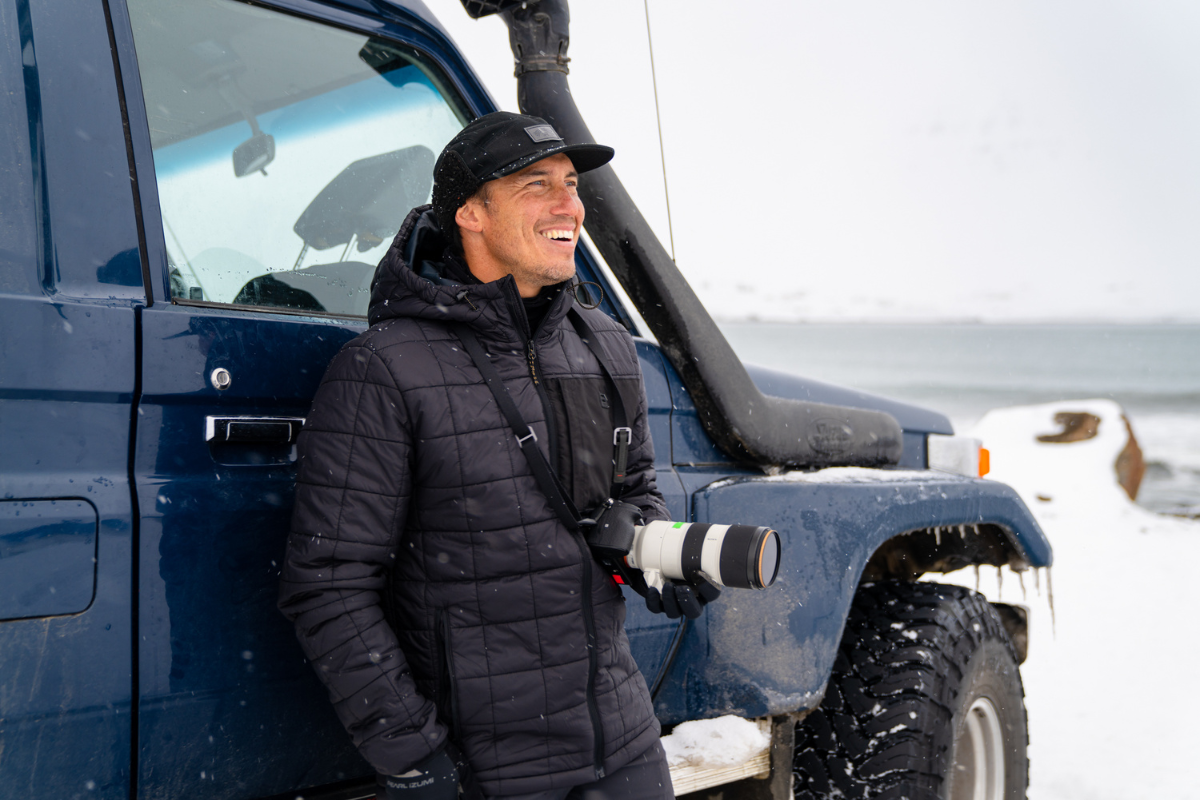
“I would say Iceland is probably the most incredible place for riding a bike,” says Burkard. “I genuinely feel like there are few locations on Earth that are more friendly, safe, beautiful, and will humble you immediately, right? It is exceptional. I think that this trip shows that all the details are really there for someone to plan, orchestrate, and make it happen.”
He adds that scouting and proper planning are key before adventuring in a place like Iceland; he does this for his films. On any adventure or expedition, safety and logistics can make or break the experience.
Burkard should know—this isn’t his first trip in the country on a bike. Past adventures brought him across the middle of the country and along other remote stretches. Like so much of his work, he leveraged these trips to highlight the beauty of Iceland.
In some ways, Burkard has become an unofficial guide for Iceland. He and his family moved from California to Iceland, and his photos and films inspire other people to explore the country he now calls home.
Part of what drew Burkard to the country was the Icelanders’ inspiring culture. He says the unofficial slogan of the Icelandic people is “Þetta Reddast,” which loosely translates into “it will all work out.”
“That saying originates from their deep needed desire and necessity to live in the moment,” says Burkard. “They could never plan crops for two or three years out or plan a wedding six months in advance. You don’t know what the weather’s going to do. You don’t know if a volcano is going to erupt. This country is living in the moment as a people. I think that is hard to describe to somebody who isn’t there or who hasn’t lived there, but there is a sense of community there that I’ve never seen anywhere else.”
How to Watch ‘The Forgotten Coast’
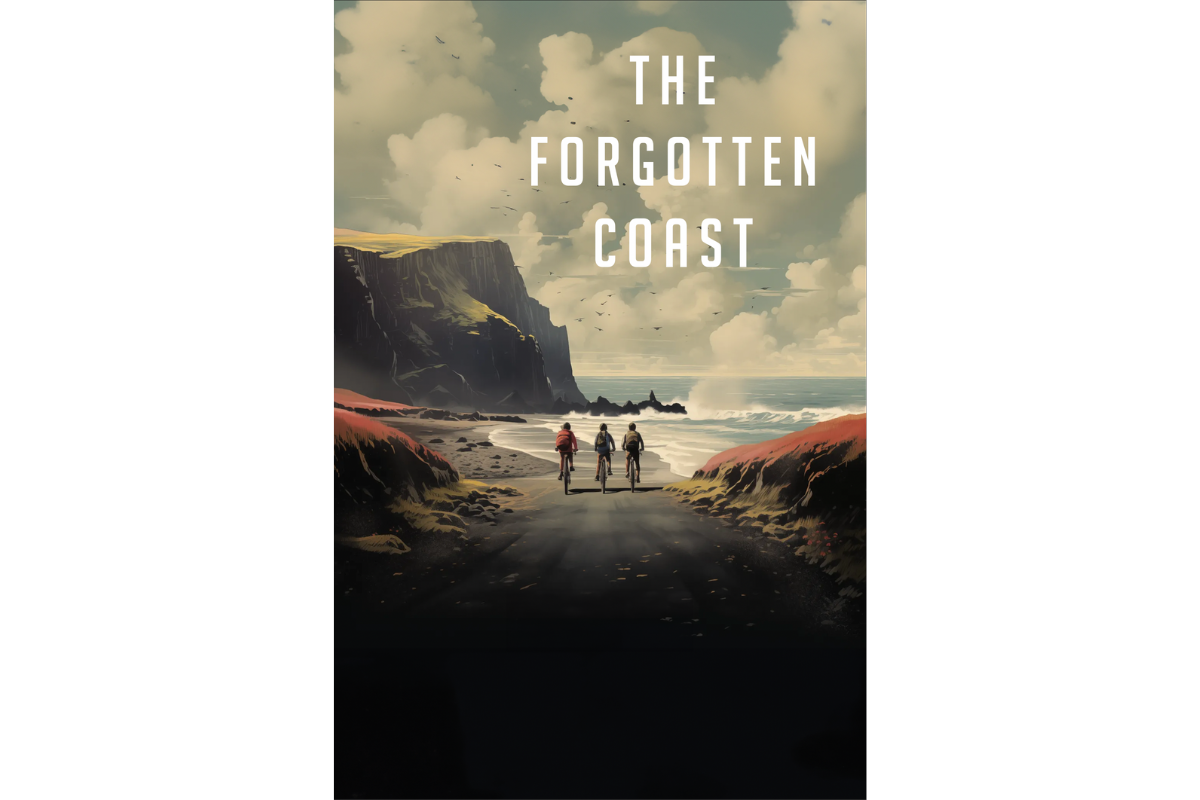
Burkard is releasing The Forgotten Coast to select theaters in the U.S. and a few other locations. He says he also plans to submit it to several film festivals. Eventually, the 35-minute-long documentary will be available online for the masses to view. As the film makes its way out in the world, it is sure to inspire plenty of people to get outdoors and find their own adventures.
